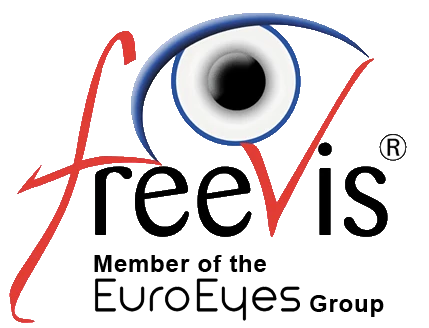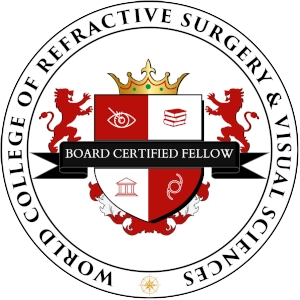Procedures offered at FreeVis
At FreeVis, we offer the broad spectrum of refractive surgery and are able to help patients with the most complex refractive errors.
Eye laser surgery

For the correction of:
» Nearsightedness (up to -5 dpt.)
» Farsightedness (up to +4 dpt.)
» Astigmatism (up to 5 dpt.)
» More information

For patients with a thin cornea for the correction of:
» Nearsightedness (up to -6 dpt.)
» Astigmatism
» More information
Lens surgery
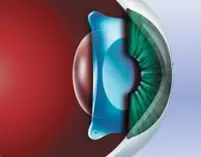
For the correction of:
» Nearsightedness (-1 up to -23,5 dpt.)
» Farsightedness (+1 up to +12 dpt.)
» Astigmatism
» More information

For the correction of:
» Nearsightedness (from -8 dpt.)
» Farsightedness (from +4 dpt.)
» Astigmatism
» Presbyopia (Multifocal lens implants)
» More information
Presbyopia correction
Presbyopia is a natural condition. Beginning around age 40 to 45, the lens of the human eye looses its flexibility and thus its ability to change its shape and focus correctly on images at different distances. As a result, near objects are blurry.
Until recently, reading glasses were the primary option for people with presbyopia. Today, a few surgical procedures are available that may help some people to avoid reading glasses.
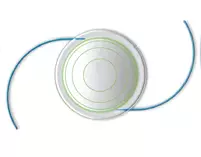
Multifocal lenses are implanted into the eye replacing the normal lens. They provide relief for presbyopia at the same time as for nearsightedness or for farsightedness. Thus, the goal of multifocal lenses is to provide freedom from needing any eyeglasses or contact lenses.
» More information
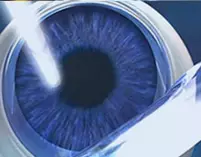
With Monovision LASIK, one eye is treated for distance vision and the other eye (usually non-dominant eye) is treated for near vision.
» More information
Correction of Astigmatism

Astigmatism up to 5 pdt can be corrected with Femto-LASIK.
» More information
For severe astigmatism of 5 dpt or higher, an Astigmatic Keratotomy can be performed.
» More information

Toric lenses are special, individually produced lenses that correct nearsightedness or farsightedness as well as an accompanying astigmatism. They can be implanted in addition to the natural lens (phakic lens implants) or replace the natural lens (lens exchanges).

